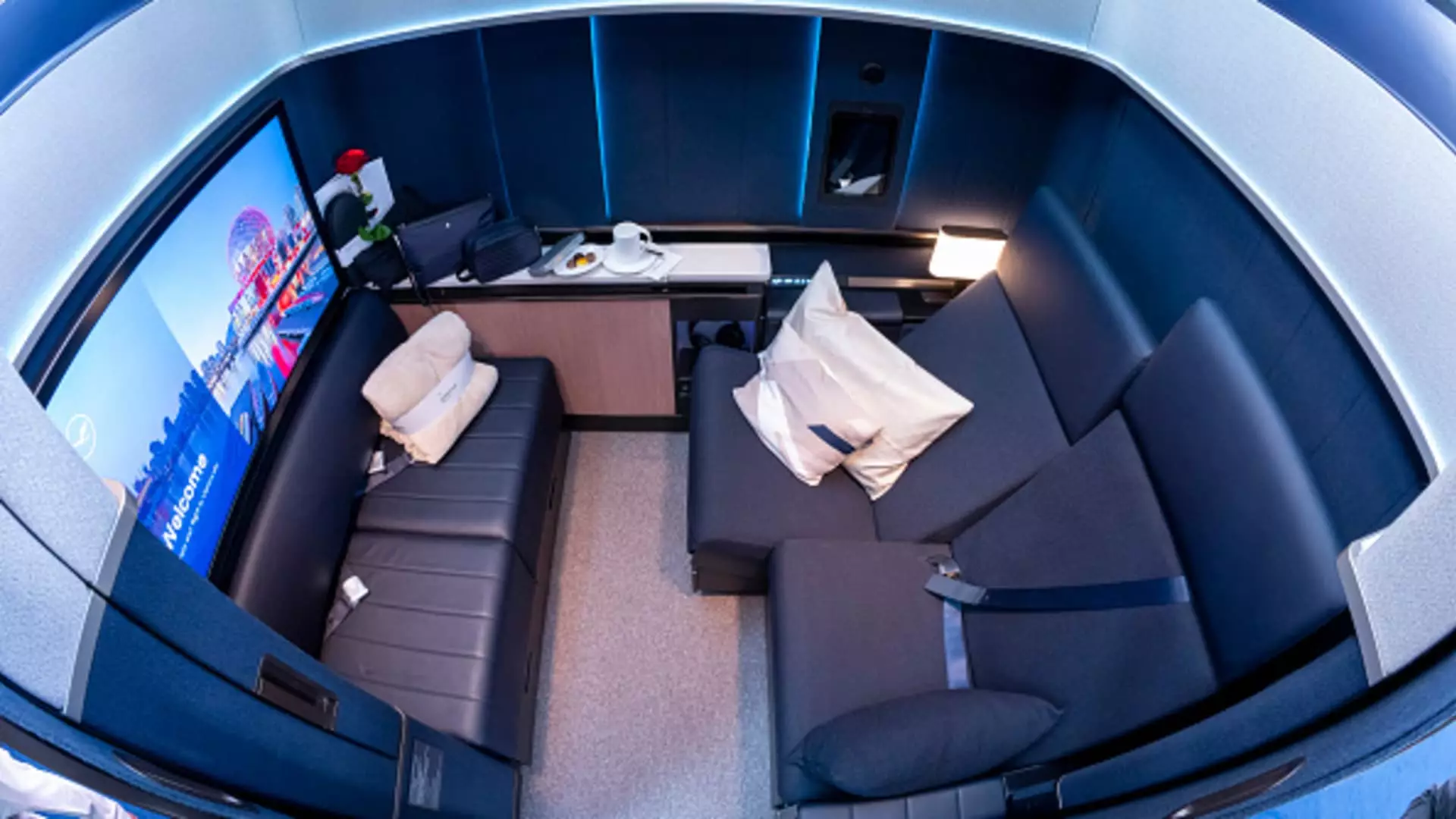In an age where travelers seek unparalleled levels of comfort and luxury while flying, airlines are challenged by the complexities of modern aircraft interiors. The demand for advanced features such as heated or cooled seats, ultra-high-definition screens, and enhanced privacy options is at an all-time high. Yet, the burgeoning expectations of affluent customers are leading to significant hurdles in the manufacturing and certification processes of new aircraft. Understandably, companies like Boeing and Airbus, which dominate the aerospace market, are grappling with widespread delays that could redefine aspects of air travel.
Modern aircraft cabins are no longer just about seats and overhead bins; they have transformed into intricate systems involving hundreds of individual components. To enhance the passenger experience, airlines are clamoring for cabin enhancements that include all-aisle access and advanced privacy doors. However, as Boeing’s CEO Kelly Ortberg highlighted, the complexities of these designs make certification daunting. It is not merely about the physical design of the seat; elements like cabinets, doors, and safety mechanisms require rigorous approval from regulatory authorities. This lengthy process has resulted in a backlog, with some aircraft sitting idle because essential components are still awaiting clearance.
Similarly, Airbus has echoed these sentiments, confirming that the delays in seats and other cabin amenities are holding back its aircraft deliveries. Despite accounting for the majority of the commercial aircraft market, both manufacturers are seeing their timelines stretched, much to the dismay of their airline clients.
The financial repercussions of delayed aircraft deliveries cannot be overstated. Airlines generally pay a significant portion of the total price of an aircraft upon delivery. Therefore, the postponement of new jets not only hinders the operational capacity of airlines but also affects the manufacturers’ revenue streams. For example, Delta Air Lines has noted that premium classes generate a substantial majority of their income—57%—with business-class tickets fetching exorbitant prices in comparison to standard economy seats. Any delay in rolling out new models will ultimately eat into these profits and potentially weaken the airlines’ market position in an increasingly competitive landscape.
Moreover, these delays are exacerbated by acute labor shortages and supply chain disruptions that have persisted since the pandemic. The FAA’s recent staffing cuts add another layer of complexity, raising concerns that regulatory approvals may take even longer, further stalling the introduction of new aircraft designs into the aviation market.
As airlines invest in premium cabin experiences, they do not shy away from the costs. Modern business-class seats can run into the low six figures, akin to luxury cars in terms of pricing. Despite the steep costs, airlines like Delta, American, and Qantas have recognized that affluent travelers increasingly prioritize comfort. As CEO Ed Bastian noted, the shift towards premium tickets is becoming a defining characteristic of the industry’s recovery from the pandemic, suggesting that airlines must adapt to consumer demands to remain profitable.
Interestingly, as some airlines strive to offer passengers an unmatched flying experience, achieving a balance between luxury and weight is challenging. Each component, even the aesthetics of seat designs, is scrutinized with fuel efficiency in mind. For example, Recaro’s new business-class seat weighs just 80 kilograms but involves a staggering 1,500 parts to ensure comfort and safety. The extensive engineering behind these designs illustrates how serious the pursuit of optimizing cabin interiors has become.
The importance of modernized cabin interiors is not lost on airlines; as the industry evolves, the focus on passenger comfort will only intensify. While airlines like Swiss and Singapore Airlines are already exploring the boundary between luxury and efficiency, the path forward involves intricate design adjustments to ensure that new configurations and weight distributions adhere to safety regulations. The struggle to evolve cabin designs is both an opportunity and a challenge. On one hand, it seeks to cater to the demand for luxury travel; on the other, it faces the enormous obstacles posed by regulatory compliance and technological advancements.
While the soaring aspirations of travelers for comfortable, luxurious air travel experience may not diminish, the industry faces undeniable operational and regulatory challenges. As Boeing, Airbus, and various airlines work to overcome these hurdles, the future of air travel will hinge on the ability to deliver on these promises of unparalleled luxury amid the demands of efficiency and safety. As we witness these developments unfold, the intersection of innovation, regulation, and customer aspirations will be a critical focal point for the commercial aviation industry.


Leave a Reply